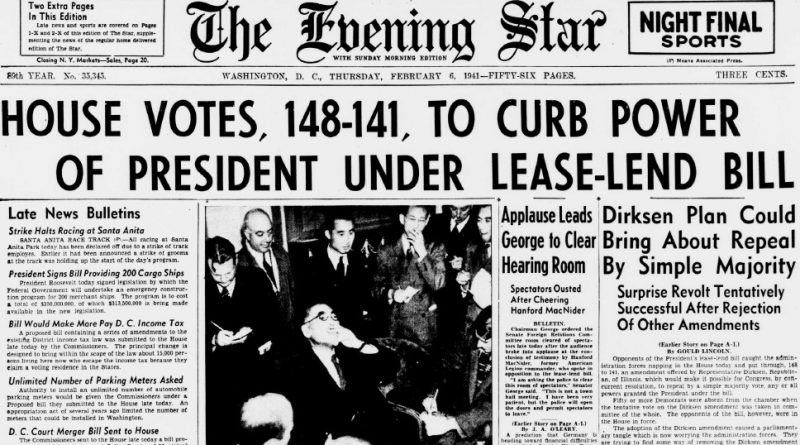World War II Chronicle: February 6, 1941
Click here to read TODAY’S NEWSPAPER
Today’s front page reports that an “experimental plane” from McClellan Field, California, appears to have crashed in Nevada’s Trinity Mountains.In fact, it is a B-17B, flown by Capt. Richard S. Freeman (33, of Winnemac, Ind.), enroute to Wright Field (modern-day Wright-Patterson Air Force Base, Ohio). Other 36th Bomb Squadron members killed in the B-17 crash were 1st Lt. Edward W. Ketcham III, Sgt. Everett R. Crabb, Sgt. Joseph P. Davies Jr., Tech Sgt. Kay H. Gilreath, Sgt. Elmer S. Trainer, Sgt. Frank C. Whidden, and Pfc. Charles E. Applegate.
Freeman, a 1930 West Point graduate, was part of the Boeing B-15 crew that earned the Mackay Trophy in 1939 for flying relief supplies on a 5,000-mile round trip to Chile following an earthquake in a Boeing B-15 prototype.
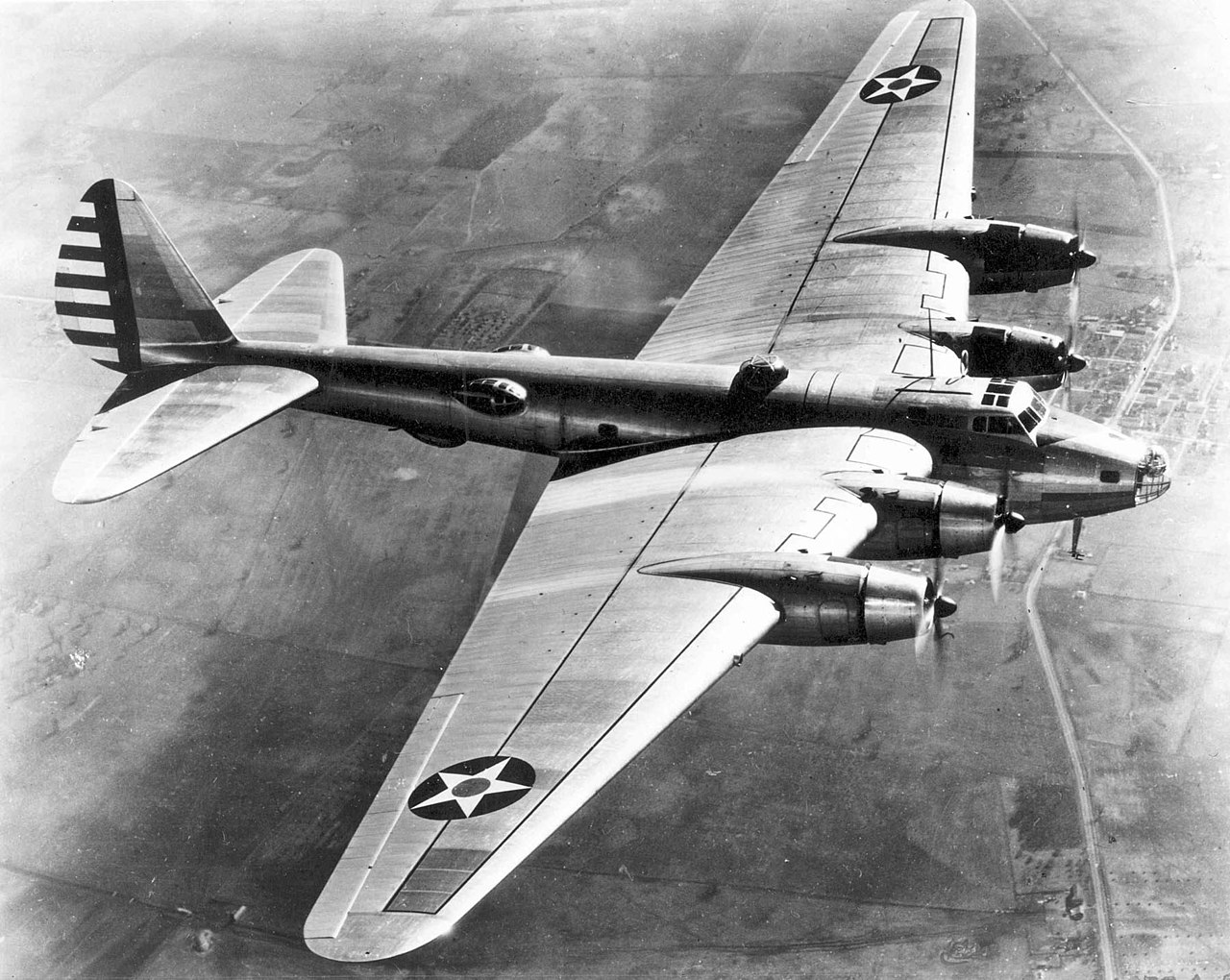
Other members of that crew were:
- Maj. Caleb V. Haynes — a test pilot and instructor in France during World War I, piloted the second YB-17 bomber for service testing,1 flew the second-ever flight “Over the Hump”
- Maj. William D. Old — flew the first YB-17 to enter service and the first flight “Over the Hump” (ferrying fuel to a staging area for the Doolittle Raiders), chief of staff of the Tenth Air Force, commanded Ninth and Twelfth Air Forces
- Capt. John A. Samford — numerous commands, including chief of staff of the Eighth Air Force, and director of the National Security Agency during the Cold War
- 1st Lt. Torgils Grimkel Olsok Wold Sr. — U.S. Military Academy graduate (Class of ’32) and former air mail pilot, retired from the Air Force as a colonel
- Tech. Sgt. William J. Heldt, Tech. Sgt. Henry L. Hines, Tech. Sgt. David L. Spicer, Staff Sgt. Russel E. Junior, Staff Sergeant James E. Sands, Master Sgt. Adolph Cattarius
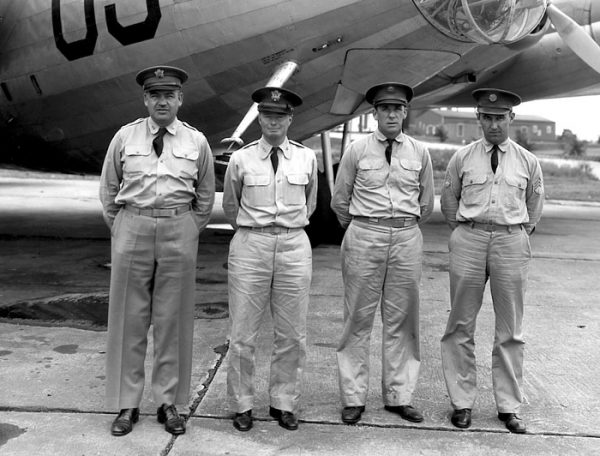
While we are mentioning Haynes: the Army Air Corps conducted an exercise with the Navy in August 1937 where they were supposed to find the battleship USS Utah and hit it with simulated bombs. The Navy gave the airmen bad directions so they wouldn’t be able to find the ship before the exercise terminated. The next day navigator extraordinaire Capt. Curtis LeMay (yes, the soon-to-be legendary Strategic Air Force commander) moved to the lead bomber, flown by Haynes and Col. Robert Olds.2 Maj. Gen. Frank Andrews, the driving force behind the B-17, rode along. The Navy couldn’t cheat their way out of it; this time the ship was hit.
Haynes and Lemay teamed up again in 1938 when a flight of B-17s intercepted an Italian passenger ship over 600 miles out to sea and in 1940 when the two conducted a survey of the Galapagos Islands in a B-15.
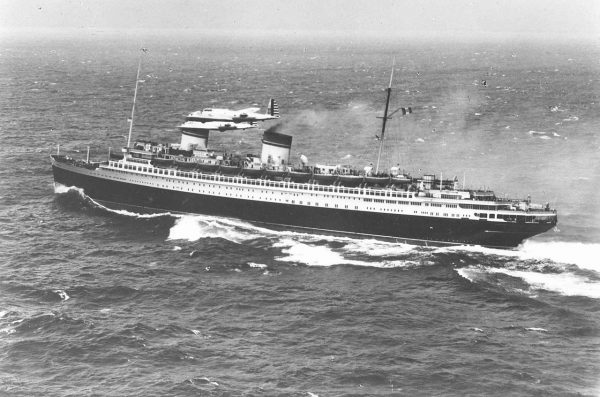
It is interesting how many aviation incidents occurred during this period, considering we wouldn’t enter the war for another 11 months. Records show there were eight crashes of Army aircraft on Feb. 6 alone (the Navy records I have don’t begin tracking until Dec. 7, 1941). Most noteworthy of these was a collision of two Curtis P-40s out of New York’s Mitchel Field, which slammed together during a mock-dogfight over Long Island, killing 1st Lt. John H. Eakin (25 years old, of McLean, Va.) and injuring 2nd Lt. Joseph T.H. Laycock (23, of Baton Rouge, La.), who bailed out. Both were assigned to the 64th Pursuit Squadron, 57th Pursuit Group.
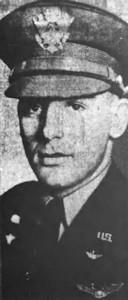
Eakin’s death comes just two days after another Mitchel flier, the 33rd Pursuit Squadron’s 2nd Lt. Sherman E. Denny (23, of San Diego) apparently lost consciousness at 30,000 and was unable to recover when his plane nose-dived. Maj. Gen. Henry H. “Hap” Arnold is reportedly headed to New York to investigate the crashes.
That same day, crews finally locate the wreck site of a Douglas B-18A Bolo which crashed in the Mount Rainier foothills on Jan. 16. Killed were 1st Lt. Robert M. Krummes, 27, Boise, Idaho; 2nd Lt. Charles T. Nielson, 22, Eau Claire, Wisc.; 2d Lt. John E. Geis, 27, Seattle; Sgt. Paul L. Maas, 25, Quincy, Ill.; Sgt. Leo H. Neitling, 28, Scio, Ore.; Tech Sgt. Hearn A. Davis, 30, Tacoma, Wash.; and 1st Lt. Lewis E. Mackay, 27 Lincoln, Neb.. The airmen were assigned to the 73d Bombardment Squadron (Medium) out of McChord Field, Wash.
Another thing to consider is that these men are almost completely lost to history. Of the 17 men we mention having been killed in these aviation accidents, we only know ages and homes of record for some of them. Pretty much everyone who knew them are gone. Wouldn’t you be proud to be related to a B-17 pilot or crew member? Well, few — if any — of these men lived long enough to have children, so it’s not a stretch to think the only thing left behind are engraved letters on headstones.
1: In 1937 Col. Robert Olds’ 2nd Bombardment Group received the first operational YB-17s
2: 2nd Bombardment Group won the 1938 Mackay Trophy for a goodwill trip to South America with a mass formation of YB-17s led by Col. Olds
Evening star. (Washington, D.C.), 6 February 1941. Chronicling America: Historic American Newspapers. Lib. of Congress.
https://chroniclingamerica.loc.gov/lccn/sn83045462/1941-02-06/ed-1/
